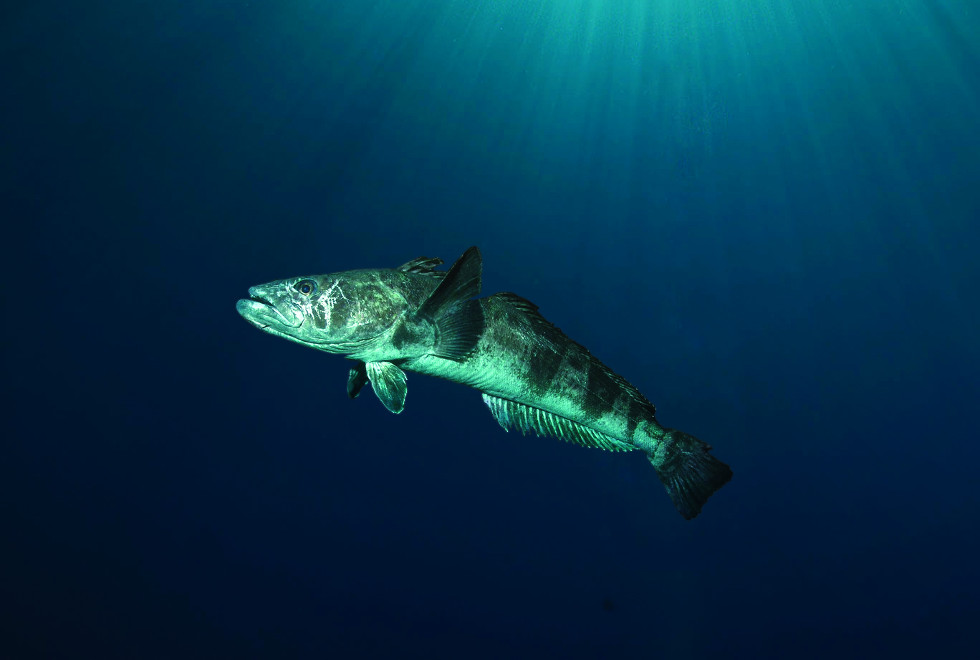Patagonian Toothfish, an exceptional fish
Chilean seabass in the USA, Mero in Japan, Bacalao de profundidad in Chile, Merluza negra in Argentina… several names for a sole constant: taste! A refined and delicate taste from a tender white flesh.

There are actually two species of toothfish: Dissostichus mawsoni found on the Antarctic continental shelf and Dissostichus eleginoides, found in the waters around the sub-Antarctic islands. The latter, better known as Patagonian Toothfish, is the species that the Cap Kersaint fishes in the icy waters surrounding the Kerguelen and Crozet islands.
Living at depths from 300 to 2000m, toothfish doesn’t have swim bladder and the high oil content of its flesh controls its buoyancy – which is why the toothfish is so popular worldwide.
It is indeed naturally rich in protein and Omega 3 and 6 oils, unsaturated fatty acids essential to the human body’s good health.
In its early life, the toothfish lives in shallow waters and eats shellfish; in adulthood, when it can reach a length of 2 meters and weigh over 80 kg, it migrates greater, abyssal depths. Eager to protect the resource, the Cap Kersaint only fishes in waters deeper than 500m to avoid catching juveniles.
After being brought on board live, then immediately processed and frozen, the toothfish retains its freshness while preserving the smooth texture and unique taste of its flesh. Popular in fine restaurants around the world, toothfish is a delicacy that can be enjoyed in many ways: ovenbaked, steamed, cooked in foil, poached, grilled, and roasted are just a few examples.
